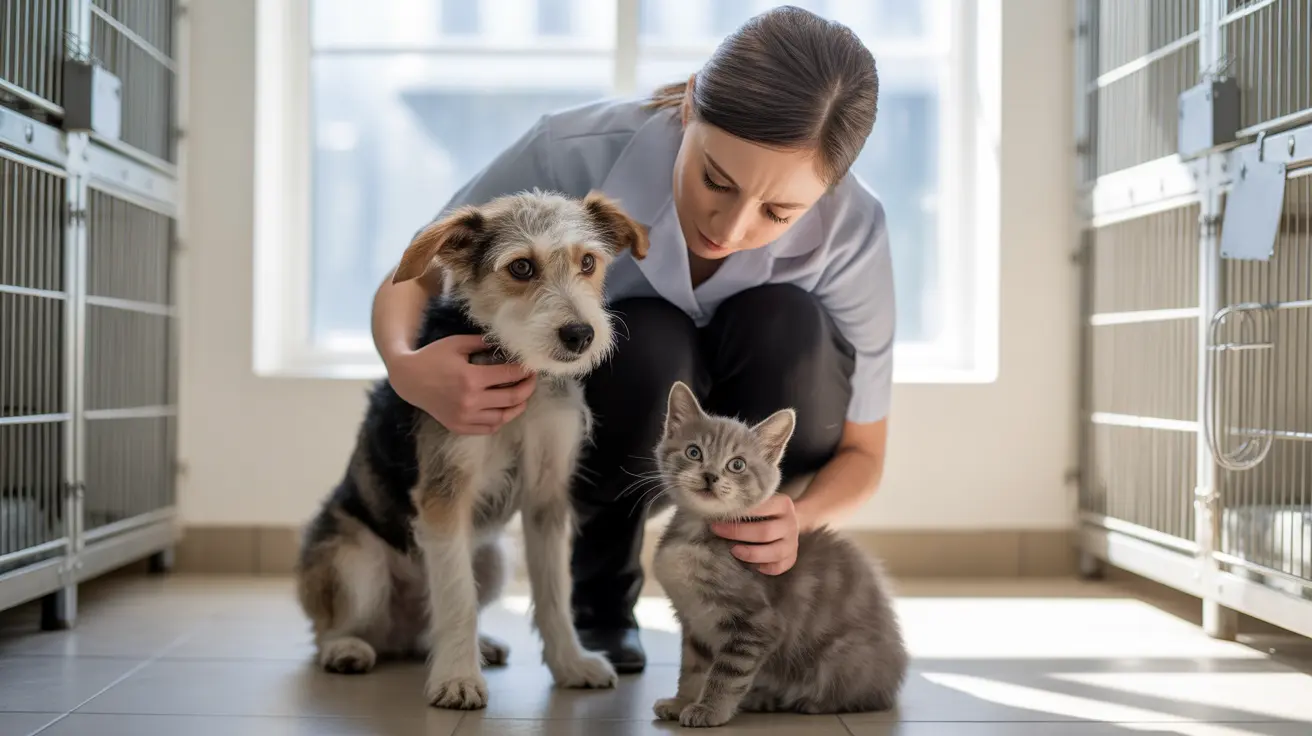A concerning incident at the Yellowstone Valley Animal Shelter in Billings, Montana, led to the emergency evacuation of both staff and animals when a planned FBI drug disposal operation went awry. Fourteen shelter employees required hospitalization, and 75 cats and dogs needed immediate relocation due to hazardous fumes from a methamphetamine incineration procedure.
The situation unfolded when the FBI conducted a controlled burn of seized methamphetamine using a furnace at a shared-use facility, resulting in unexpected ventilation issues that affected the nearby animal shelter space. This incident highlights the critical importance of proper safety protocols when conducting hazardous material disposal near facilities housing animals and staff.
Impact on Shelter Operations and Safety Measures
Immediate Response and Evacuation
The shelter's quick response to the toxic smoke exposure demonstrated their commitment to both human and animal safety. All 75 shelter animals, including both cats and dogs, were safely evacuated from the contaminated area. The paramount concern was ensuring no lasting health effects would impact the shelter's furry residents or their caretakers.
Staff Medical Treatment
The incident resulted in fourteen shelter staff members requiring medical attention and hospitalization due to exposure to methamphetamine smoke. This unprecedented situation underscores the importance of having emergency protocols in place for unexpected toxic exposures in animal care facilities.
Facility Contamination and Recovery Efforts
Cleanup Operations
The shelter now faces the challenge of thorough decontamination before normal operations can resume. Professional cleaning services with expertise in handling hazardous material exposure are essential to ensure the facility is safe for both animals and humans upon reopening.
Air Quality Assessment
Following the methamphetamine smoke exposure, comprehensive air quality testing must be conducted throughout the shelter to verify that all traces of toxic substances have been eliminated. This process is crucial for maintaining the health and safety of future shelter occupants.
Safety Protocol Review and Future Prevention
Shared Facility Considerations
This incident brings attention to the potential risks of conducting drug disposal operations in facilities that share space or ventilation systems with animal shelters. Future protocols may need to be revised to prevent similar incidents from occurring.
Enhanced Safety Measures
The event has prompted discussions about implementing stricter safety guidelines for any hazardous material handling near animal care facilities. This includes improved communication between law enforcement agencies and animal shelter operations when conducting potentially dangerous procedures.
Frequently Asked Questions
What caused the toxic methamphetamine smoke exposure at the Yellowstone Valley Animal Shelter?
The exposure occurred when the FBI was conducting a planned incineration of seized methamphetamine in a furnace at a shared-use facility. Ventilation issues led to smoke affecting the animal shelter area, necessitating immediate evacuation.
How were the animals and staff affected by the meth smoke incident at the shelter?
Fourteen staff members required hospitalization due to smoke exposure. Seventy-five cats and dogs were safely evacuated from the facility. The incident required immediate medical attention for affected staff and emergency relocation of all shelter animals.
What precautions should be taken when drug destruction is done in facilities shared with animal shelters?
- Proper ventilation systems must be verified and maintained
- Clear communication protocols should be established between all facility users
- Emergency evacuation plans should be in place
- It's crucial to ensure that hazardous material disposal operations are conducted in appropriate locations away from vulnerable populations, including animals and their caretakers
In conclusion, this unfortunate incident at the Yellowstone Valley Animal Shelter serves as a crucial reminder of the importance of proper safety protocols when conducting hazardous operations near animal care facilities. The quick response of shelter staff likely prevented more serious consequences, but the event necessitates a thorough review of procedures to prevent similar situations in the future.






